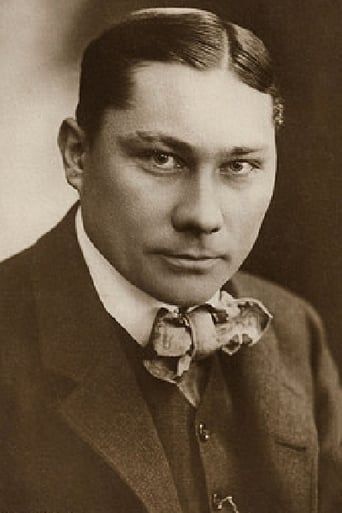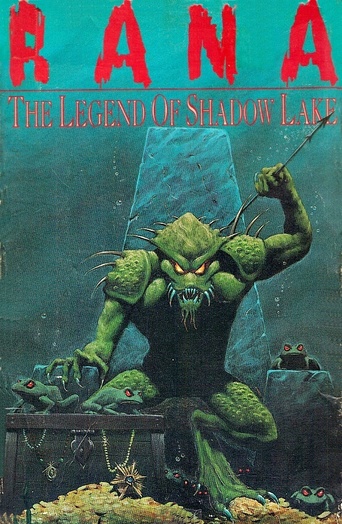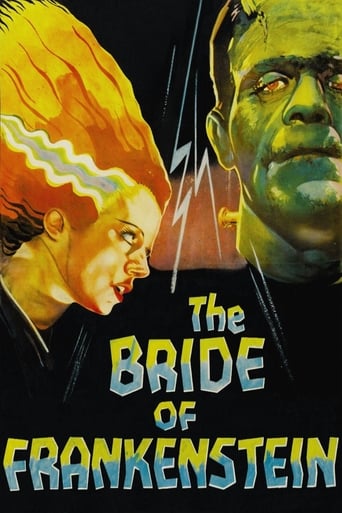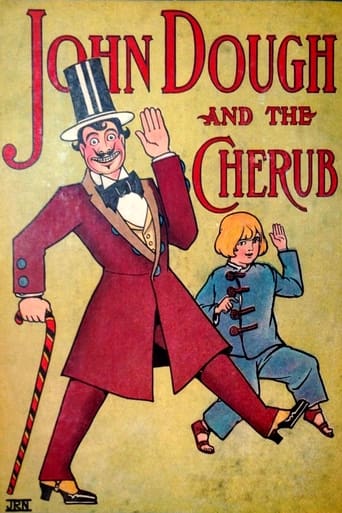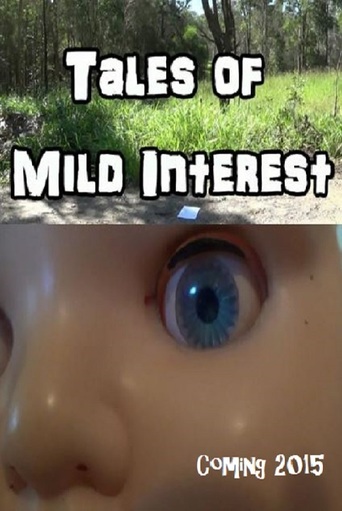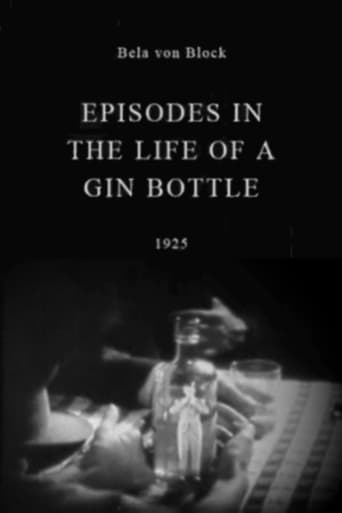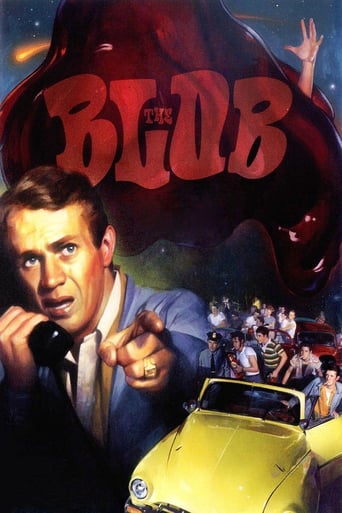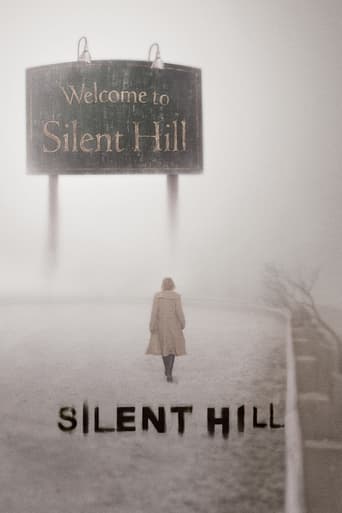
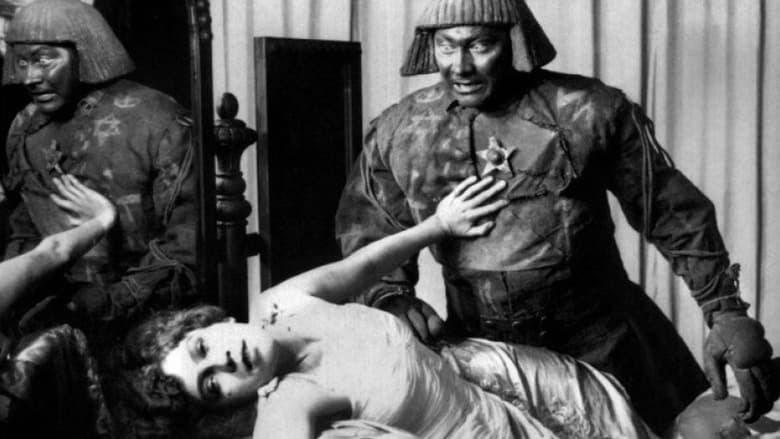
The Golem (1915)
This mostly lost film is often confused with director Paul Wegener third and readily available interpretation of the legend; Der Golem, wie er in die Welt kam (1920). In this version of the golem legend, the golem, a clay statue brought to life by Rabbi Loew in 16th century Prague to save the Jews from the ongoing brutal persecution by the city's rulers, is found in the rubble of an old synagogue in the 20th century. Brought to life by an antique dealer, the golem is used as a menial servant. Eventually falling in love with the dealer's wife, it goes on a murderous rampage when its love for her goes unanswered.
Watch Trailer
Cast
Similar titles
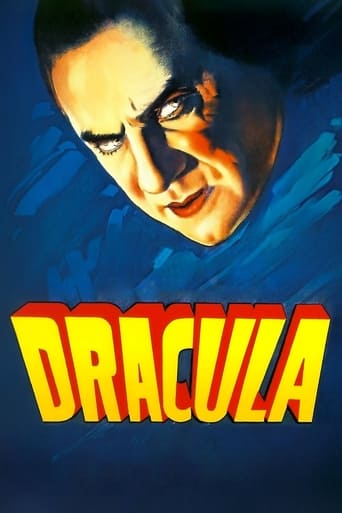
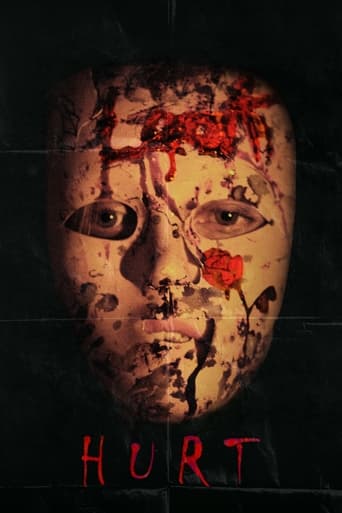
Reviews
Tells a fascinating and unsettling true story, and does so well, without pretending to have all the answers.
Great movie. Not sure what people expected but I found it highly entertaining.
Through painfully honest and emotional moments, the movie becomes irresistibly relatable
Like the great film, it's made with a great deal of visible affection both in front of and behind the camera.
First of all, it needs to be stated that what we have here is "Der Golem" or "The Monster of Fate" and that this is the 1915 movie and not the well-known 1920 movie. The latter still exists today in (almost) its entirety, while this one we have here is considered lost in almost its entirety because only a few minutes seem to have survived. Not a surprise though as this film is over a century old now already and many films from back then have not managed to survive throughout the invention of sound and color films and throughout 2 World Wars as number one was going on at the very time this was made. This one here runs for pretty much exactly an hour in its entirety apparently and was written and directed by Henrik Galeen and Paul Wegener. Both play major roles in this film and the latter plays the title character, which was a wise choice because his size of almost 2 meters sure made him fairly creepy and powerful. Of course, Wegener also portrays the Golem in the 1920 film as this one we have here as actually the beginning of a trilogy with the 1920 film providing closure. It seems that the one in-between is lost as well, so all we have today unlike the almost impossible event happens that they really do find a copy of films 1 or 2 somewhere, the third film is all that there is left. I just watched the surviving fragments and we have the Golem in what looks like a cave, perhaps with his creator, and then we see him wreak havoc or rather people think he is about to wreak havoc. He sure seems like a tragic creature though and at the very end it looks like his affection for a women eventually leads to his demise when he falls of something like a balcony. The very final quote is a bit on the pretentious side. Overall, I was not really that impressed by what survived, but the character alone is enough to get me into watching this 1915 film I guess if they somehow manage to find the missing pieces. Until then, this review will have to suffice.
I have the seen the fragments on the Film im Herzen Europas DVD. from what I know can only be obtained on the German Amazon.de site. It is included as one of the extras on the disc. It consists of two fragments; a brief one from Act II,(red tinted) which lasts over a minute; and the end of the film, from Act IV, (blue tinted)which lasts over two minutes. It features three principal characters, Troedler (Heinrich/Henrik Galeen) the Jewish antique dealer who re-animates the Golem (Paul Wegener).Troedler's daughter Jessica (Lyda Salmonova, who also played the female lead in the 1920 prequel as Miriam), and Graf(Carl Ebert) a wealthy count who is also Jessica's fiancée.(Spoilers Start Here) The first part of the fragment shows the antique dealer Troedler leading the Golem down into a room to work on a bellows and forge. Troedler lays something over an anvil; The Golem picks up a hammer and strikes it, breaking one end of the anvil. The antique dealer motions Golem over to the bellows, showing it how to operate it. Golem slowly reaches over and the scene immediately cuts to the second fragment. This one shows a crowd of people running out of the count's stately manor (where a costume party was taking place) in order to escape the Golem, who wrecks havoc and has a big dagger protruding from its chest. The count and Jessica also escape and take refuge on the roof of a high tower. The Golem follows, and we then get a very creepy close up of the Golem's face with wide open eyes as it ascends the stairs. We get a title card in German that reads: IN ANTICIPATION OF SOMETHING TERRIBLE It corners the couple on the rooftop and charges at Graf, grabbing the count and possibly looking to throw him over ledge of the tower. We get a shot of an exhausted looking Troedler struggling up the stairs. Jessica comes between man and living statue imploringly. Golem loosens its grip on Graf, and as it does Jessica takes the opportunity to snatch the Star of David from its chest. Deactivated, We get a faraway shot of the Golem falling off the tower as the couple look down and point to where its fallen. Troedler makes it to the roof and embraces his daughter. The count joins them; all three relieved that this terrifying ordeal has finally come to an end. A title card in German then reads:NATURE DOES ALWAYS DEEP, SUCH AS WELL AS HEART,AND EVERYTHING LIVES IN DEATH,AND DEAD IS ALIVE.(ANGELUS SILESIUS) We get a final image of the decapitated head of the Golem, its body broken in pieces, lying among the tall grass. fade to black.(End Of Spoilers) About the Golem's appearance in this film, it looks slightly different than how it appears in the 1920 prequel. For instance, the headpiece or 'hair' on the Golem is much shorter here than the shoulder length piece Paul Wegener wore in the latter film. Also the Golem itself is covered with Hebrew letters and mystical symbols. Although it is difficult to judge a film based on a few minutes of footage, I get the feeling that a very good film has been lost for all time. One can only hope that somewhere a full print that has survived the ravages of time is out there just waiting to be discovered.
Reviewers of this film seem to be confusing it with Wegener's "The Golem - How He Came Into The World" (1920). Let's clarify:In 1914, "Der Golem" was filmed. This movie dealt with the resurrection of the Golem in modern times. Known in the USA as "The Monster of Fate", it is considered a lost film. Only about a minute or so survives, somewhere in Germany. Rumors have circulated for years of a single, surviving print - but this seems to be untrue.The 1920 film was actually Wegener's "prequel" - a film set totally in period, dealing with the creation of the clay being by Rabbi Loew, and how it is brought to life.The 1920 film is, in my opinion, a must-see; the earlier film is pretty much lost. It is important, however, that we not confuse these two motion pictures.
The cinematography in this movie is STUNNING. One feels as though one were a captive in an alternate dimension of reality; an almost Lovecraftian world where the very geometry of the buildings seems to writhe and come to life. The atmosphere of Budapest in the Middle Ages seems to be captured perfectly. After the Jews being ousted from the town by royal decree, the leader of the Jewish community crafts the Golem out of clay and brings him to life in a black magical ceremony (interesting to note that among the crimes accused of the Jews in the edict, one was witchcraft). The Golem then is brought before the king and results in the Jews being allowed to remain. But the Golem falls in love(!) with a young lady and runs amok. The story is a classic and there is a considerable amount of drama here, but the real gem of this movie are the incredible visuals and the atmosphere. One of the greatest expressionist classics ever made. Far superior to "Caligari" in my opinion.
